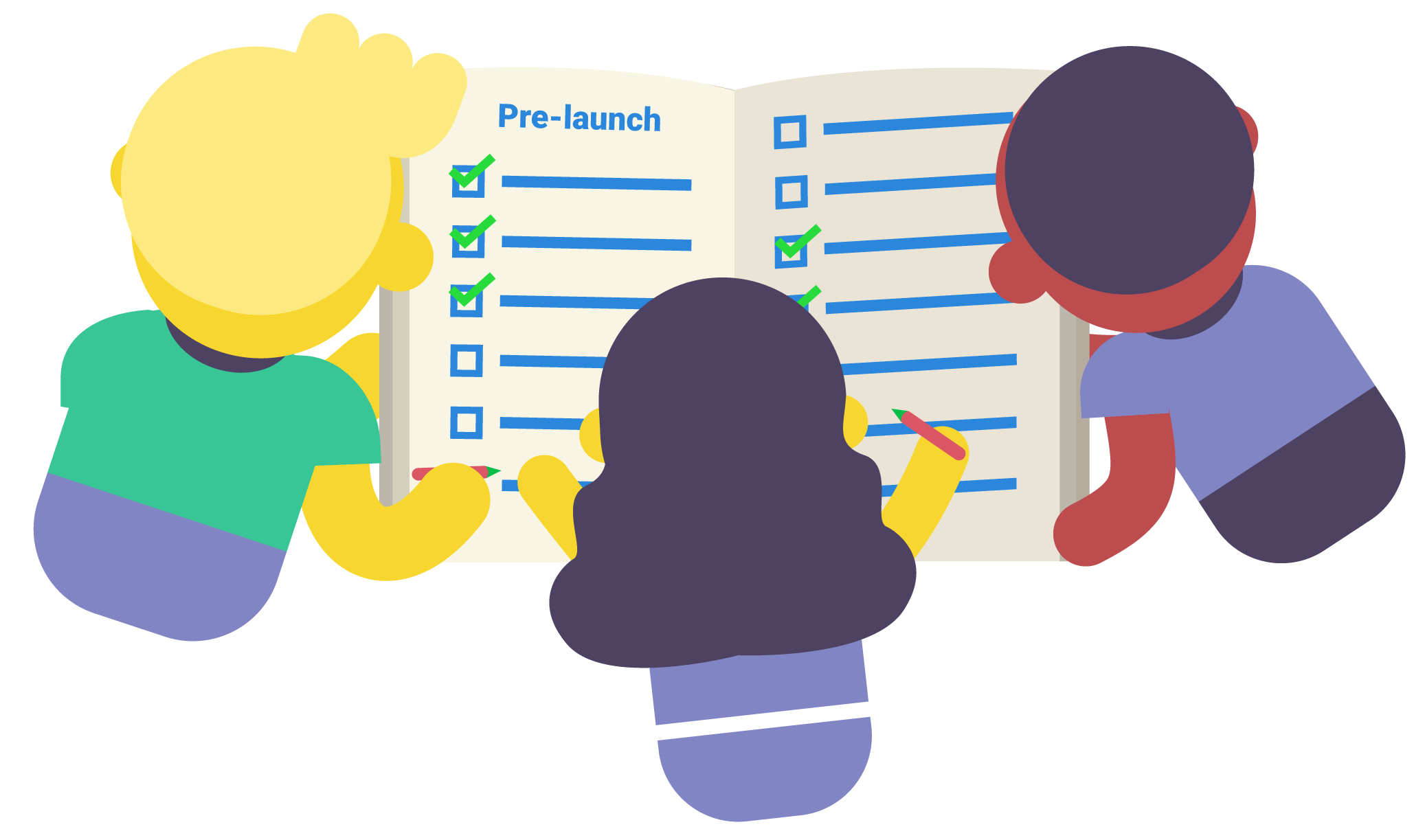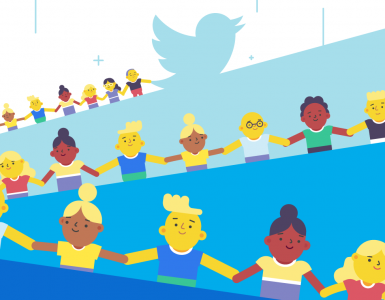How did you come up with an idea for your startup?
Did it hit you like a ton of bricks during a sleepless night? I bet you got so excited that you had to instantly go online and explore the competition.
Did it all start with you being a customer of your current competitor wondering, “Jeez, why can’t they make their product faster/easier/cheaper?” Eventually you and your team created your own better product.
Maybe you were searching for a specific software tool you needed? When you didn’t find the right one, you had to build it yourself.
Or have you spotted a fast growing niche? And then thought to yourself, “I’m going to build the same product. It will be a success.”
Every business idea, no matter how it was born, requires a validation as the next vital step. You’ve probably taken this step for your startup (well, you should have really). If not, it’s just about time.
What is business idea validation?
Business idea validation is the process of testing your concept before launching the actual product. It involves a wide variety of activities – everything from Googling your competitors and performing keyword research to asking your potential target audience for honest and brutal feedback. Idea validation lets you understand if people will be using your product.
Lots of entrepreneurs get carried away by their self confidence (often unjustified), thinking that their idea is just what the world has been waiting for. It often turns out that they are wrong. As a result, they waste lots of money, effort and energy.
Startup ideas with a competitive edge in mind
I’ve spoken with a few software as a service (SaaS) CEOs about how they’ve come up with an idea for their startup:
- Adam Hempenstall, the founder of Better Proposals was looking for a service that would help him send beautiful proposals to the clients of his digital agency. Everything he found online was really clunky and inconvenient, so he had no choice but make his own software. It turned out he wasn’t alone. His service is now used by thousands of happy clients.
- Malte Scholtz, the founder of Airfocus mentioned his team was looking for prioritization software and couldn’t find one, so they decided to create it on their own. This is how airfocus.io was born. There is a good chance Malte’s company is not alone and someone else is also looking for the same kind of product.
- Alex Turnbull, the founder at Groove, and also the author of my favorite blog for SaaS startups, came up with an idea for a simple helpdesk after facing a frustrating experience with the complicated helpdesk solutions available on the market. As a result, he designed one that is simple, more affordable and extremely successful.
For all of these bright guys, competitive advantage was an incentive to start their own business. Their ideas were partially validated by their own needs. They foresaw how they could add value to a product that already existed, making it easier, faster, more beautiful, etc. They worked hard to make their software become a better product.
Our experience at Chanty is very similar to GrooveHQ. Initially, we ran a digital agency, and just like every other team those days we used a team chat to communicate with each other. As time passed, we noticed that the most popular tools for business communication were getting more and more complicated. The team chats we used kept adding new features and eventually shifted their focus to the enterprise sector. As a small team, we felt the need for a simple, more affordable, and fast communication tool that would not only allow us to chat but also become a single notification center for all the software that we use at work. This was the moment the idea of Chanty was born.
What if you are inventing a new market?
Previously, I shared my thoughts on the pros and cons of creating a new market for your product vs tackling an established market share. It’s hard enough to endorse your business idea if you are entering an already competitive market. It’s even harder to test it if you are creating a brand new market with your product, as you won’t have anyone to compete with and therefore to learn from.
At least this is what I thought until I met Charlie Roberson, the marketing expert at Bonjoro. Charlie shared the story of Bonjoro – an amazing tool that allows you to onboard customers with a personal video.
It actually started as a growth hack for another project we ran, a video market research tool called Verbate. We started sending videos to thank our clients, and it was so popular we launched it as a standalone product!
Charlie Roberson, Bonjoro.
People actually asking you for a software they desperately need – it’s hard to think of a better validation of your product! What can we all learn from Bonjoro’s journey? Great business ideas come along with a strong confidence that people are interested in your product and ready to pay money for it.
Cost advantage vs differentiation advantage
According to Michael Porter, a leading authority on competitive strategy and founder of the modern strategy field, there are two ways to achieve a competitive advantage – cost advantage and differentiation advantage. In simple terms, if you can provide the same value for your customers as your competitor at a lower price then you have a cost advantage. If you have a product or service that is better than your competitor in some way, you have a differentiation advantage.
Like many startups we were tempted to compete on the price. We entertained the idea of charging less than our competition to attract more customers. At some point it seemed like a proper value we could deliver to the clients along with our product. Luckily, we soon realized that this way is a dead end. Having a lower price as a core value won’t work for us, not in the world of SaaS. Therefore, the main thing we’ve learnt about competitive advantage is:
Don’t sell the price. Sell the value instead.
People don’t buy the products alone, they buy the stories behind these products — the feelings, the solutions to their problems, the better versions of themselves.
At Audi they don’t just sell the cars, they sell status. Nike doesn’t sell sportswear, they sell the motivation for courage and success. When it comes to selling a SaaS product, you have to clearly understand what value it holds, beyond the nuts and bolts of your product.
Low costs as a core competitive value in mind will only keep customers using your software until the moment another rival pops up with even more affordable pricing. Only a business that can’t give their clients anything else should consider price as their competitive advantage, as it’s the last factor that influences your customer’s decision.
Building a competitive edge
What if your business idea didn’t come from a need for a particular product? What if you’ve noticed the fast growing market and decided to jump on that train? How do you determine your competitive advantage without realizing what should be improved in an existing software solution?
Start with competitive research and try to understand what is missing. Do a Twitter search for relevant hashtags, read forums and blog comments to collect feedback. What issues do people experience while using your competitor’s SaaS? Is there something they particularly don’t like? Are the existing solutions slow, buggy, complicated or hard to use? You should get some inspiring ideas for improvement from this kind of research.
If you realize your competitor’s product is close to perfect, try to narrow your niche:
- Zendesk, for example, has lots of functionality to meet the needs of a very broad audience. At the same time, Groove narrowed their scope down to small businesses, basically SaaS startups who don’t need all of the excessive and complicated functionality. They introduced a simple and user-friendly solution instead and invaded the smaller niche of SaaS for small businesses.
- Asana, one of the countless players in the CRM market, followed the same pattern. A focus on sales and marketing teams is their competitive advantage. They’ve explored the pain points of their target audience and provided a solution that solves them, while Dock aims to better equip sales teams using digital sales rooms to help them facilitate a smoother buying process..
- Chanty is also an example of the narrowing-the-niche approach. We have decided not to cover businesses of all sizes – targeting small to giant enterprises all at once. Instead, our primary focus is on the SMB sector. Our goal is to deliver the best value in user experience and customer love possible to our small teams.
Key takeaways:
- Base your business idea on a primary value you can add to already existing products or services.
- Be careful with ideas like: “Hey, these guys make load of money with their product, let’s repeat their way to success.” Make sure you understand the value you are selling and know the way to make the product better.
- Go with a differentiation, not cost advantage, unless you are competing in the food market.
- Get a clear view of the value behind the product you are selling.
How did you come up with your business idea? What was your experience in determining a competitive advantage? Feel free to share with us in the comments below.










Add comment